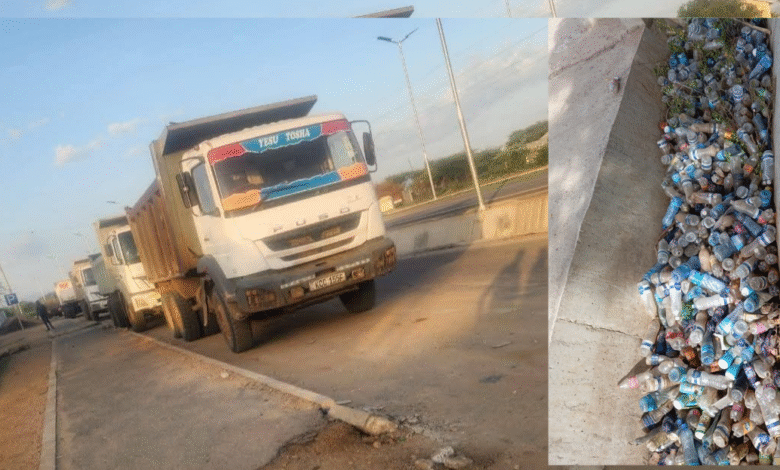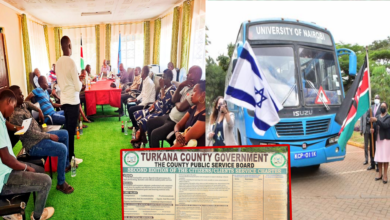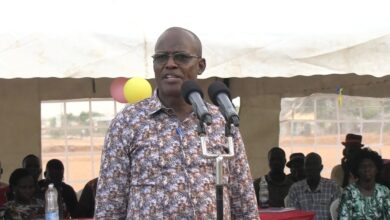The Double-Edged Impact of Gold Mining in Kainuk

Gold mining in Kainuk, a town located in Turkana County, Kenya, can have both positive and negative effects. While it may offer economic opportunities, the environmental, health, and social consequences can be significant, especially in a region with limited infrastructure and regulatory oversight.
Negative Effects of Gold Mining in Kainuk
1. Environmental Degradation
Deforestation and Land Degradation: Mining often leads to the clearing of vegetation, which causes soil erosion and loss of biodiversity.
Water Pollution: Use of mercury and other chemicals in artisanal gold mining contaminates rivers and groundwater sources, affecting both people and wildlife.
Air Pollution: Dust and emissions from mining machinery and smelting processes contribute to air quality deterioration.
2. Health Hazards
Mercury Exposure: Artisanal miners often use mercury to extract gold, exposing themselves and nearby communities to severe health risks (neurological and developmental problems).
Poor Sanitation: Mining camps often lack proper sanitation, increasing the risk of disease outbreaks.
3. Social Disruption
Increased Insecurity: The discovery of gold can lead to conflicts over land and control of mining sites, sometimes escalating into violence, especially in a region already prone to cattle rustling and tribal tensions.
Child Labour and Exploitation: With limited enforcement of labor laws, children may be involved in mining, missing out on education.
Displacement of Communities: Mining operations can push local communities off their ancestral lands without adequate compensation.
Rise in Commercial Sex Work: The influx of miners and truck drivers has contributed to a rise in commercial sex activities in Kainuk. Young local girls are increasingly engaging in transactional sex, leading to higher rates of sexually transmitted infections, including HIV.
4. Economic Inequality
Uneven Benefits: Most profits are often captured by middlemen or external investors, while local miners remain in poverty.
Loss of Livelihoods: Traditional activities like farming and pastoralism may be disrupted due to environmental damage and land grabbing.
Positive Effects of Gold Mining in Kainuk
1. Economic Opportunities
Employment: Mining offers jobs to youth and locals in an area with few formal employment options.
Income Generation: Artisanal mining can provide a source of livelihood, especially during droughts when pastoralism becomes unsustainable.
2. Local Business Growth
Increased population and cash flow in mining areas can stimulate growth in local markets, transport, food services, and small-scale trade.
Recommendations
To balance the benefits and mitigate the harms of gold mining in Kainuk:
1. Implement regulatory oversight to control illegal and harmful mining practices.
2. Promote safer mining techniques, such as mercury-free gold processing.
3. Support alternative livelihoods and vocational training for youth.
4. Enforce environmental protection laws and carry out regular monitoring.
5. Address public health and social concerns, including education on HIV prevention and support for vulnerable groups.
6. Involve local communities in decision-making and ensure equitable benefit-sharing.







